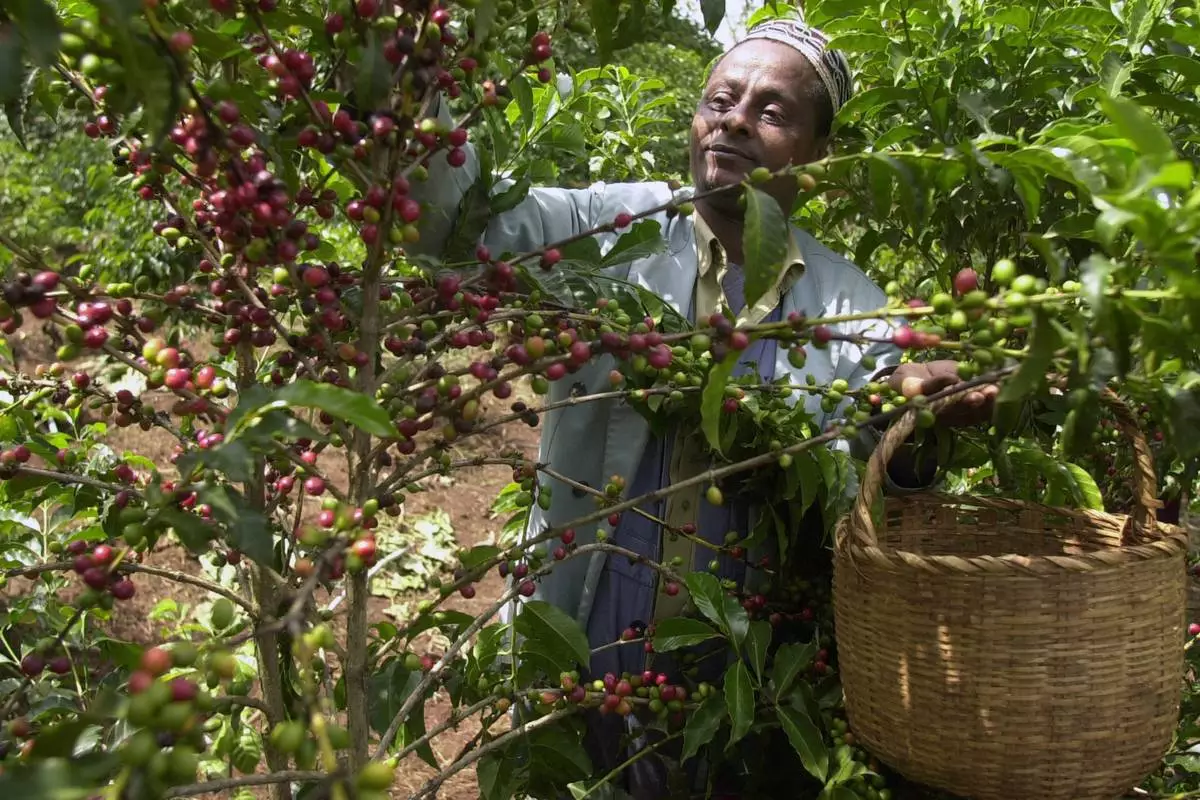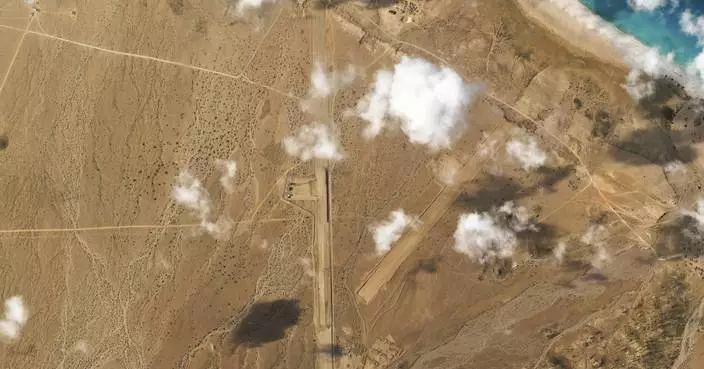The World Bank has approved an additional $300 million for desperately needed aid for the poorest and most vulnerably households in war-torn Yemen, as well as for helping the country fight the coronavirus pandemic, according to a statement released Thursday.
Humanitarian efforts in Yemen were dealt a blow earlier this month when the United Nations raised only $1.3 billion — less than a third of what the organization had targeted to help the Arab world's poorest country. There are growing fears that the humanitarian needs of Yemen will become overshadowed by Russia's war in Ukraine.
“This additional financing will provide social safety nets and cash transfers to protect poor and vulnerable households across Yemen," said Tania Meyer, World Bank Country Manager for Yemen. "The program will provide immediate relief to households, as well as strengthen their resilience to food insecurity and malnutrition in the future.”
Since 2016, the World Bank has allocated a total of US$2.5 billion to help the Yemeni people. The new grant, which comes from World Bank’s fund for the poorest countries is also expected to help Yemen's response to the coronavirus pandemic, added the statement. So far, more than 2,000 people have died of COVID-19 in Yemen, according to figures reported by Yemeni authorities, though the actual pandemic death toll is believed to be much higher.
Yemen’s brutal war erupted in 2014 after the Houthis seized Sanaa. The Saudi-led coalition entered the war the following year to try restore the internationally recognized government. The conflict has in recent years become a regional proxy war that has killed more than 150,000 people, including over 14.500 civilians. It also created one of the worst humanitarian crises in the world.
The majority of Yemen’s roughly 32 million people live in Houthi-held areas. The rebels have for years been implicated in aid theft and withholdings in extortion schemes. More than 161,000 Yemenis are likely to experience famine over the second half of 2022, according to U.N. agencies and aid groups.
Initially, the U.N. had set out to raise $4.27 billion to help alleviate the disaster in Yemen. However, it raised less than one third of that at a pledging conference for Yemen earlier this month.
That coffee you slurped this morning? It’s 600,000 years old.
Using genes from coffee plants around the world, researchers built a family tree for the world's most popular type of coffee, known to scientists as Coffea arabica and to coffee lovers simply as “arabica.”
The researchers, hoping to learn more about the plants to better protect them from pests and climate change, found that the species emerged around 600,000 years ago through natural crossbreeding of two other coffee species.
“In other words, prior to any intervention from man,” said Victor Albert, a biologist at the University at Buffalo who co-led the study.
These wild coffee plants originated in Ethiopia but are thought to have been first roasted and brewed primarily in Yemen starting in the 1400s. In the 1600s, Indian monk Baba Budan is fabled to have smuggled seven raw coffee beans back to his homeland from Yemen, laying the foundation for coffee’s global takeover.
Arabica coffee, prized for its smooth and relatively sweet flavor, now makes up 60% - 70% of the global coffee market and is brewed by brands such as Starbucks, Tim Horton's and Dunkin'. The rest is robusta, a stronger and more bitter coffee made from one of arabica's parents, Coffea canephora.
To piece together arabica coffee’s past, researchers studied genomes of C. canephora, another parent called Coffea eugenioides, and more than 30 different arabica plants, including a sample from the 1700s — courtesy of the Natural History Museum in London — that Swedish naturalist Carl Linnaeus used to name the plant.
The study was published Monday in the journal Nature Genetics. Researchers from Nestlé, which owns several coffee brands, contributed to the study.
The arabica plant’s population fluctuated over thousands of years before humans began cultivating it, flourishing during warm, wet periods and suffering through dry ones. These lean times created so-called population bottlenecks, when only a small number of genetically similar plants survived.
Today, that renders arabica coffee plants more vulnerable to diseases like coffee leaf rust, which cause billions of dollars in losses every year. The researchers explored the makeup of one arabica variety that is resistant to coffee leaf rust, highlighting sections of its genetic code that could help protect the plant.
The study clarifies how arabica came to be and spotlights clues that could help safeguard the crop, said Fabian Echeverria, an adviser for the Center for Coffee Research and Education at Texas A&M University who was not involved with the research.
Exploring arabica’s past and present could yield insight into keeping coffee plants healthy – and coffee cups full – for future early mornings.
The Associated Press Health and Science Department receives support from the Howard Hughes Medical Institute’s Science and Educational Media Group. The AP is solely responsible for all content.

FILE - Mohammed Fita picks coffee beans on his farm Choche, near Jimma, 375 kilometers (234 miles) southwest of Addis Ababa, Ethiopia, on Saturday, Sept. 21 2002. Wild coffee plants originated in Ethiopia but are thought to have been primarily roasted and brewed in Yemen starting in the 1400s. (AP Photo/Sayyid Azim, File)

FILE - Arabica coffee beans harvested the previous year are stored at a coffee plantation in Ciudad Vieja, Guatemala, on May 22, 2014. In a study published in the journal Nature Genetics on Monday, April 15, 2024, researchers estimate that Coffea arabica came to be from natural crossbreeding of two other coffee species over 600,000 years ago. (AP Photo/Moises Castillo, File)





